
Take Charge of Your Health – Exercise Your Way to a Can.cer-Free Future!
We all know that exercise is key to a healthy lifestyle, but did you know it can also be one of the most powerful tools in preventing cancer? While factors like genetics, lifestyle, and environmental exposures play a role in cancer development, physical activity has been scientifically proven to reduce the risk of various types of cancer. Regular exercise can help lower the likelihood of cancers such as colorectal, breast, and lung cancer, making it an essential part of any cancer prevention strategy. Let’s dive into the science and discover how working out can be a game-changer for your health.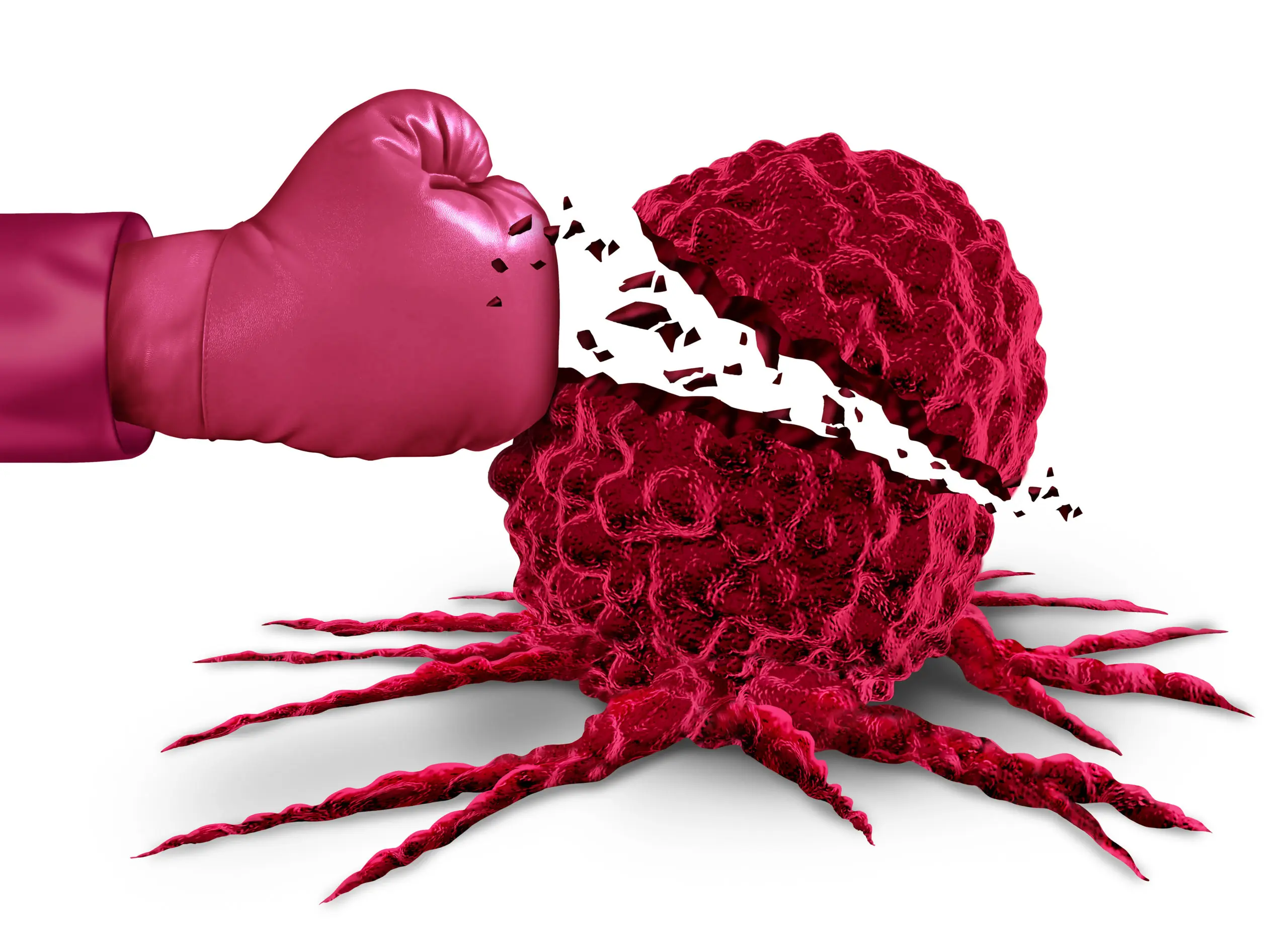
1. Exercise Reduces the Risk of Several Types of Cancer:
Physical activity is not just good for your heart, but it also provides a defense against certain types of cancer. Studies have shown that people who are physically active have a significantly lower risk of developing cancers such as:
-
Colon and Rectal Cancer: Regular exercise has been shown to reduce the risk of colorectal cancer by improving digestion, reducing inflammation, and promoting a healthy immune system.
-
Breast Cancer: For women, physical activity can lower the risk of breast cancer by reducing estrogen levels and improving immune function.
-
Endometrial Cancer: Exercise helps lower the risk of uterine cancer by regulating hormones and reducing body fat, which is linked to a higher risk of this type of cancer.
-
Lung Cancer: Regular exercise can improve lung function and decrease the chances of developing lung cancer, especially in those who have never smoked or have quit smoking.
-
Pancreatic, Liver, and Ovarian Cancer: Studies also suggest that exercise can reduce the risks of other cancers, including those affecting the pancreas, liver, and ovaries.
2. How Exercise Affects the Body to Prevent Cancer:
So how does exercise work its magic? The answer lies in how physical activity impacts various biological processes:
-
Reduces Inflammation: Chronic inflammation has been linked to the development of many types of cancer. Exercise helps reduce inflammation in the body, which can decrease the likelihood of cancerous growths.
-
Improves Hormonal Balance: Physical activity helps regulate the levels of hormones like estrogen and insulin, both of which can contribute to the growth of certain cancers when imbalanced.
-
Boosts Immune Function: Regular exercise strengthens the immune system, making it more efficient at identifying and destroying cancer cells.
-
Regulates Weight: Being overweight or obese is one of the most significant risk factors for many types of cancer. Exercise helps maintain a healthy weight, which in turn reduces cancer risk.
-
Increases Blood Flow: Exercise improves circulation and oxygenation, making it more difficult for cancer cells to thrive in the body.
3. The Best Times to Exercise for Cancer Prevention:
Did you know that the timing of your exercise can also make a difference in reducing cancer risk? A recent study in Germany found that physical activity in the morning or late afternoon was particularly effective at reducing the risk of colorectal cancer. Exercise during these times improves metabolism, reduces inflammation, and helps regulate circadian rhythms, all of which contribute to cancer prevention.
4. How Much Exercise is Needed to Lower Cancer Risk?
To reap the cancer-fighting benefits of exercise, the American Cancer Society recommends:
-
At least 150 minutes of moderate-intensity aerobic activity or 75 minutes of vigorous-intensity activity each week.
-
Strength training exercises at least two days a week.
If you're just starting, it's important to gradually increase your activity level. Begin with 10-minute increments and work your way up to longer sessions. Don’t forget to warm up before and cool down after exercise, especially if you’re working out in the morning or late in the evening when your body might be cooler.
5. Exercise and Early Detection:
Aside from its preventive effects, exercise can also enhance the effectiveness of cancer screenings. Maintaining an active lifestyle improves blood circulation, reduces stress, and helps you feel better overall, making it easier to undergo routine screenings like mammograms, colonoscopies, and skin checks. Early detection is one of the best ways to combat cancer, and staying active can help you stay on top of these important health appointments.
6. A Holistic Approach to Cancer Prevention:
While exercise plays a key role, it’s important to combine it with other cancer prevention strategies, such as:
-
Maintaining a healthy diet rich in fruits, vegetables, and whole grains.
-
Avoiding smoking and excessive alcohol consumption.
-
Getting regular health check-ups and cancer screenings, especially if you have a family history or other risk factors.
Conclusion
Incorporating regular physical activity into your daily routine is one of the most effective, yet simple, ways to reduce your cancer risk. Whether you prefer walking, running, swimming, or yoga, any form of exercise can help protect your body from the damaging effects of cancer. Start today by committing to at least 30 minutes of exercise most days of the week, and you’ll not only boost your cancer-fighting abilities but also improve your overall health and well-being.
News in the same category

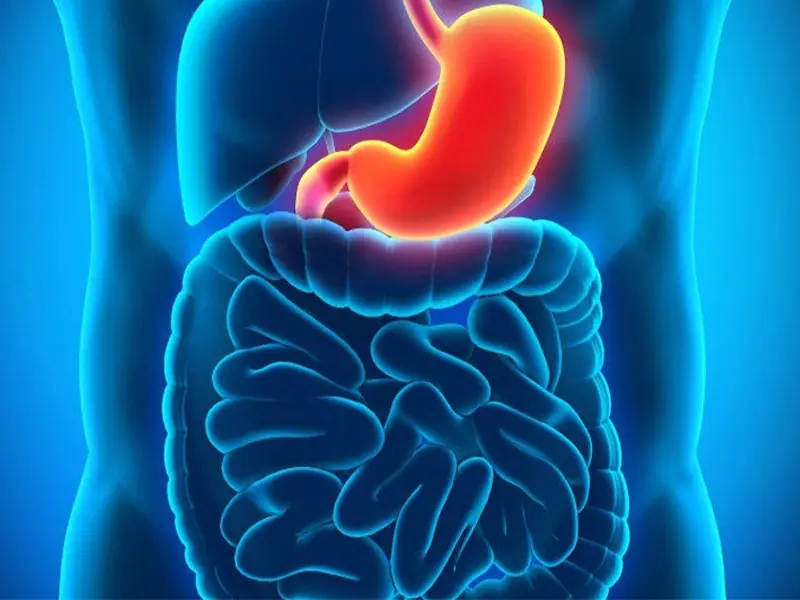
Stop Eating These 3 Foods That Are Secretly Des.troying Your Sto.mach Health

Why do women cross their legs when sitting?

The story behind the tiny pocket on your jeans

The Secret Language Between Flight Attendants and Pilots That Most Passengers Don’t Understand

Is Drinking Lemon Water Good or Bad for Your Kid.neys?

Canned Beans vs. Dried Beans: Which One is Better for Digestion and Heart Health?

How Eating Eggs Improves Brain Health: The Benefits You Didn’t Know

4 Health-Boosting Benefits of Vitamin C You Need to Know

11 Telltale Signs That Your Dog Might Be Approaching the End of Their Life

Many people still have no idea what the abbreviation “WC” on restroom signs actually means
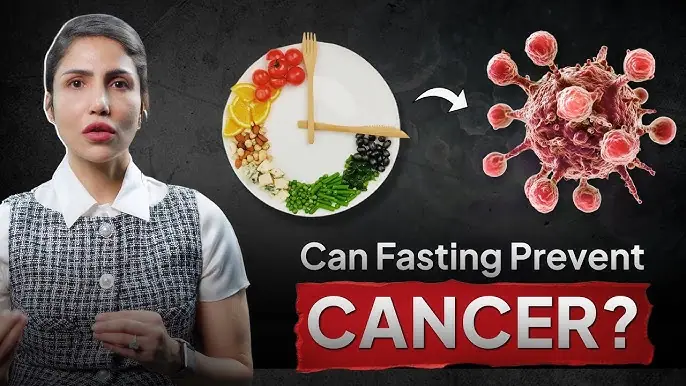
Can Fasting Help Fig.ht Can.cer? What Science Really Says About Intermittent Fasting and Recovery

Most people don't know the meaning of wearing an ankle bracelet

People Shocked to Learn Reason Public Toilet Doors Don’t Touch The Floor
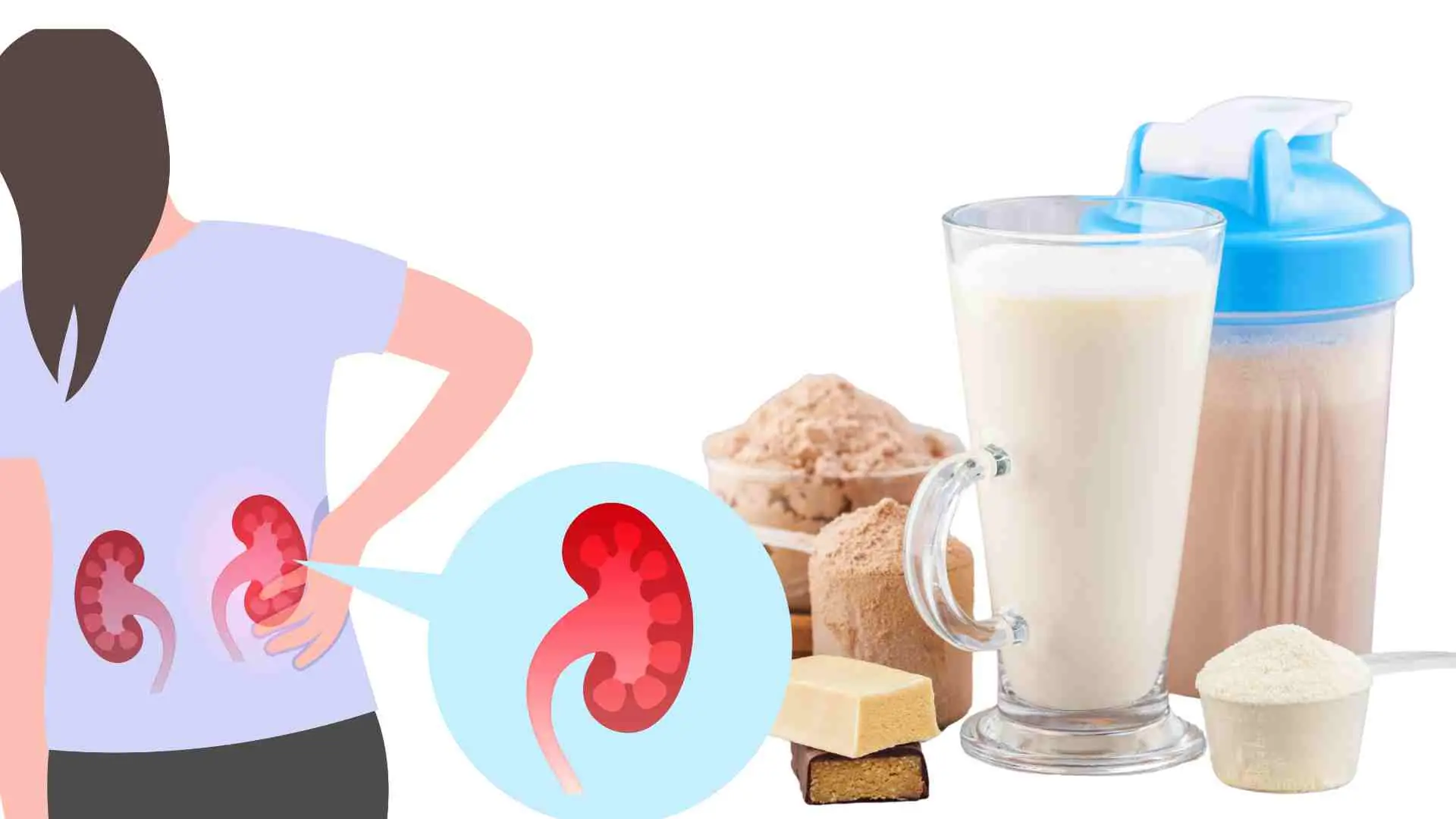
The dark side of protein shakes: Too much protein can silently dam.age your kid.neys

Should you really eat an egg every day? Here’s what science says about cholesterol

Should you replace cooking oil with coconut oil? The truth might surprise you

A legacy of health: Soong Mei-ling – longevity and fight against can.cer

6 Health Benefits of Sleeping In a Cold Room and How to Make it Cooler- And Why You May Not Want to Use a Fan
News Post

Discover the Secret Omega-3 Nut That Can Naturally Lower Bloo.d Lipids & Improve Heart Health

The Power of Walnuts: A Superfood for Kid.ney Health and Brain Function
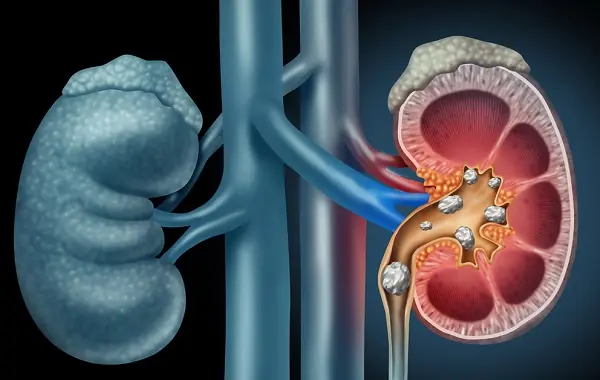
Keep Your Kid.neys Healthy with These Simple, Natural Choices

Reduce Your Can.cer Risk with These Simple Food Choices

Experts Say These Four Foods Could Be Part of the Reason. Smart People Have Already Given Them Up

3 Danger.ous Ways Eating Red Dates Could Ha.rm Your Health

Stop Eating These 3 Foods That Are Secretly Des.troying Your Sto.mach Health

5 Natural Drinks to Keep Your Li.ver Healthy and Detoxified

This ‘Super Fruit’ Could Be the Secret to Health, Beauty, and Youth

How Eating Yogurt Before Bed Can Transform Your Health

Can.cer Will Be Defeated If You Adopt These 11 Powerful Habits!
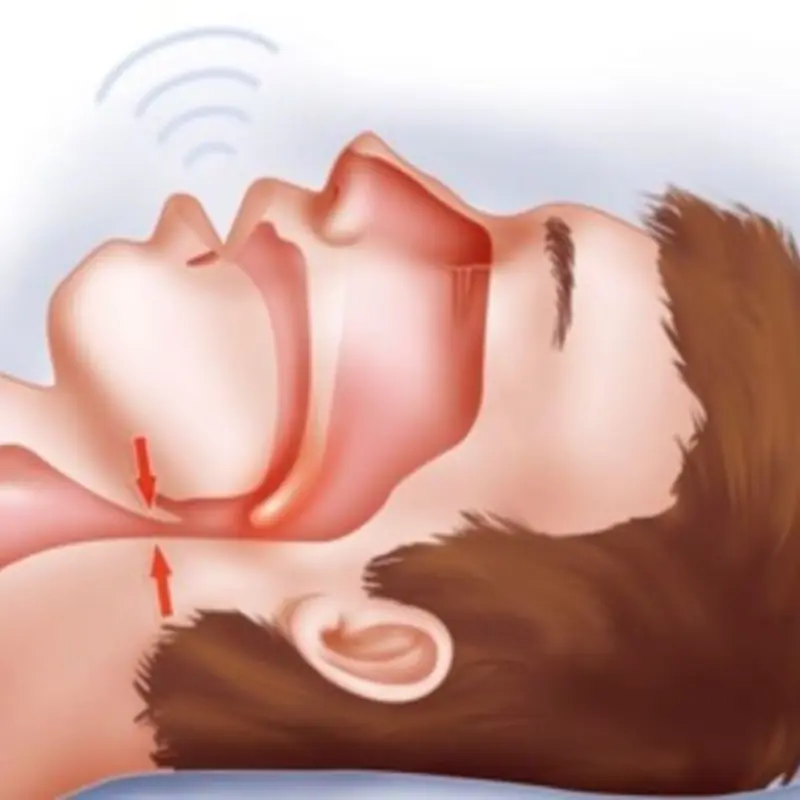
Frequent Drooling During Sleep? It Could Be a Sign of These Six Health Issues
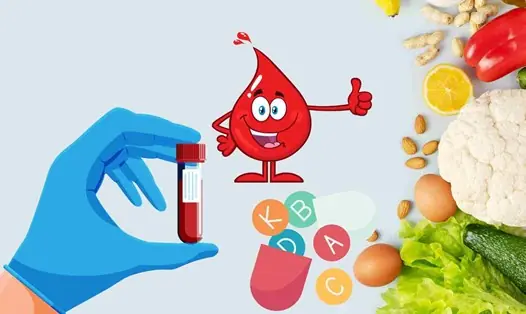
5 Natural Bloo.d Cleansing Drinks to Detoxify and Boost Circulation
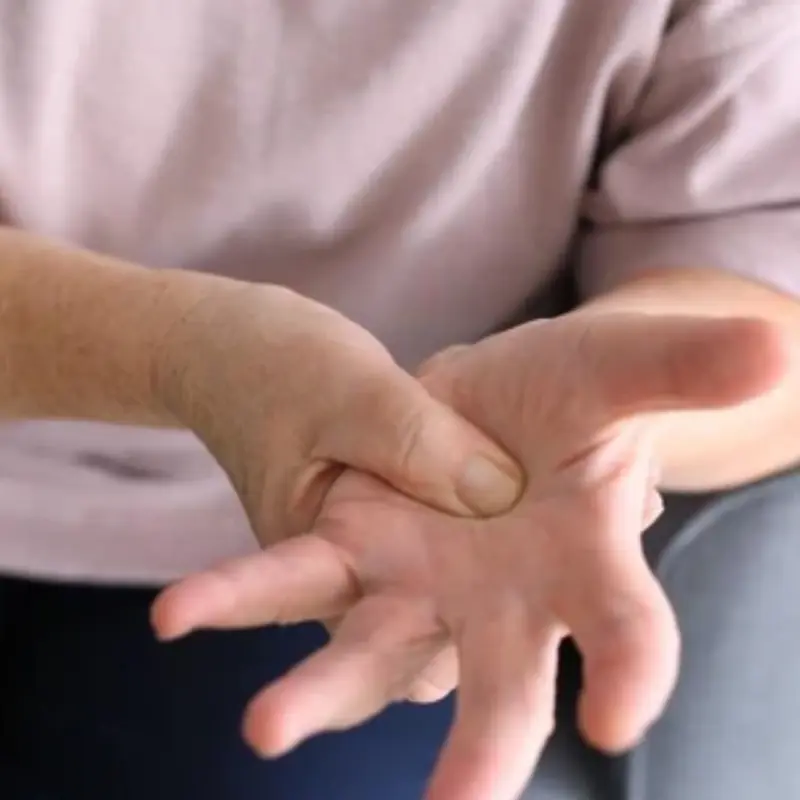
Doctors warn: three distinct hand signs may indicate li.ver failure. If you notice any of them, don’t delay seeing a doctor.

Is Broccoli Better Than Cauliflower? The Real Truth About Cancer Risk, Heart Health and More

What Are Eye Floaters? Here What To Do If you Start Seeing Them, According to an Eye Doctor
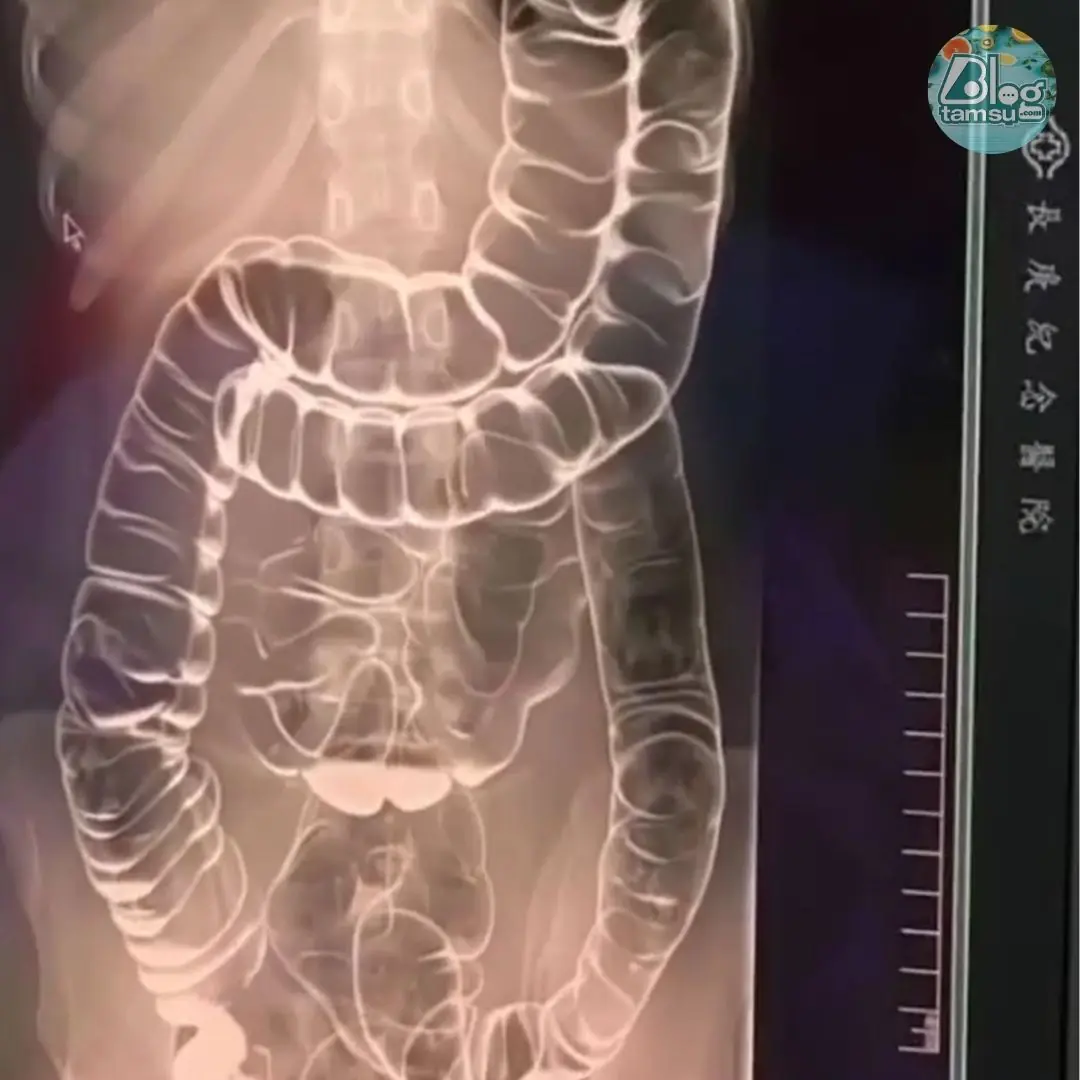
Everything you need to know about chronic constipation: A hidden threat to your digestive health
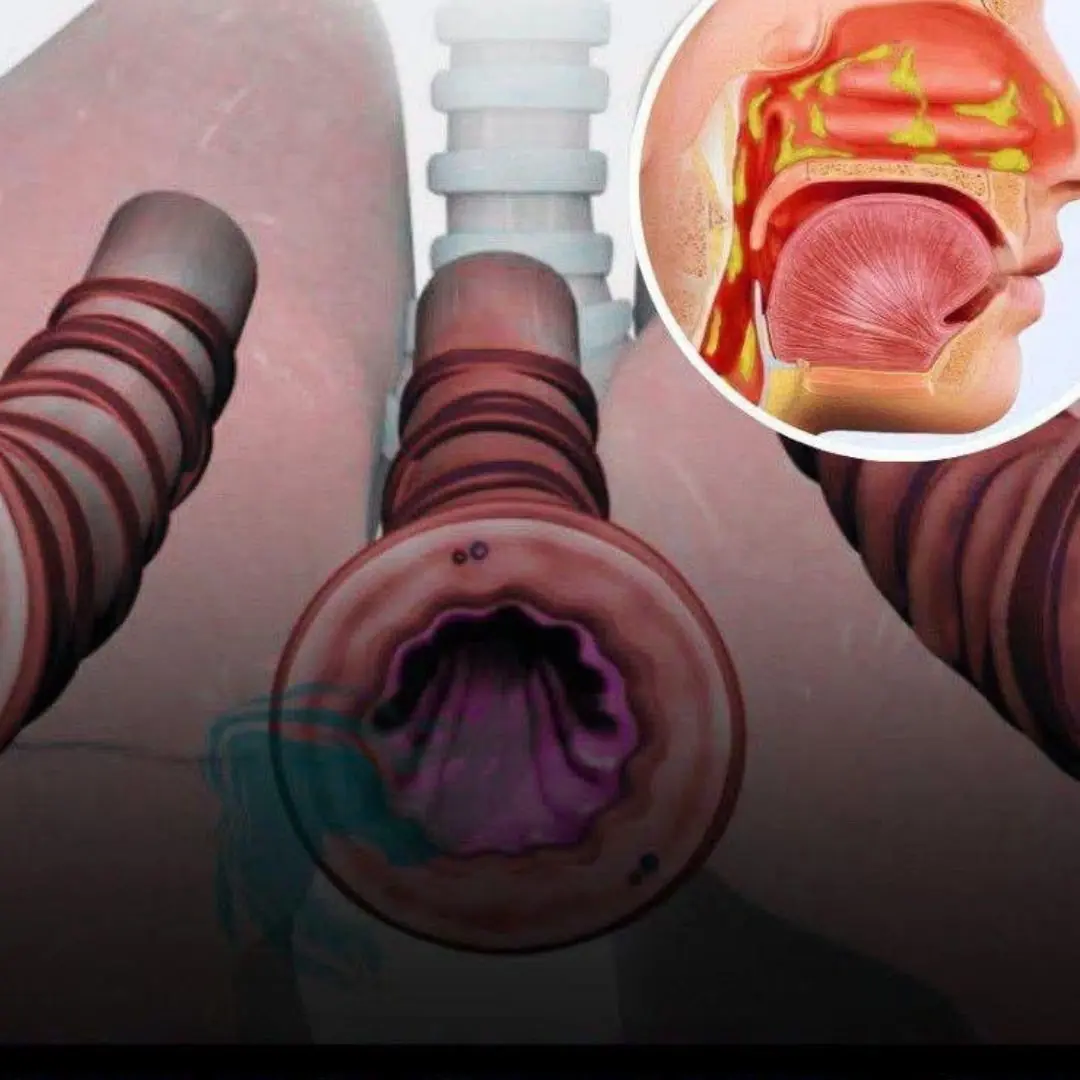
How to get rid of phlegm and mucus in your chest and throat
